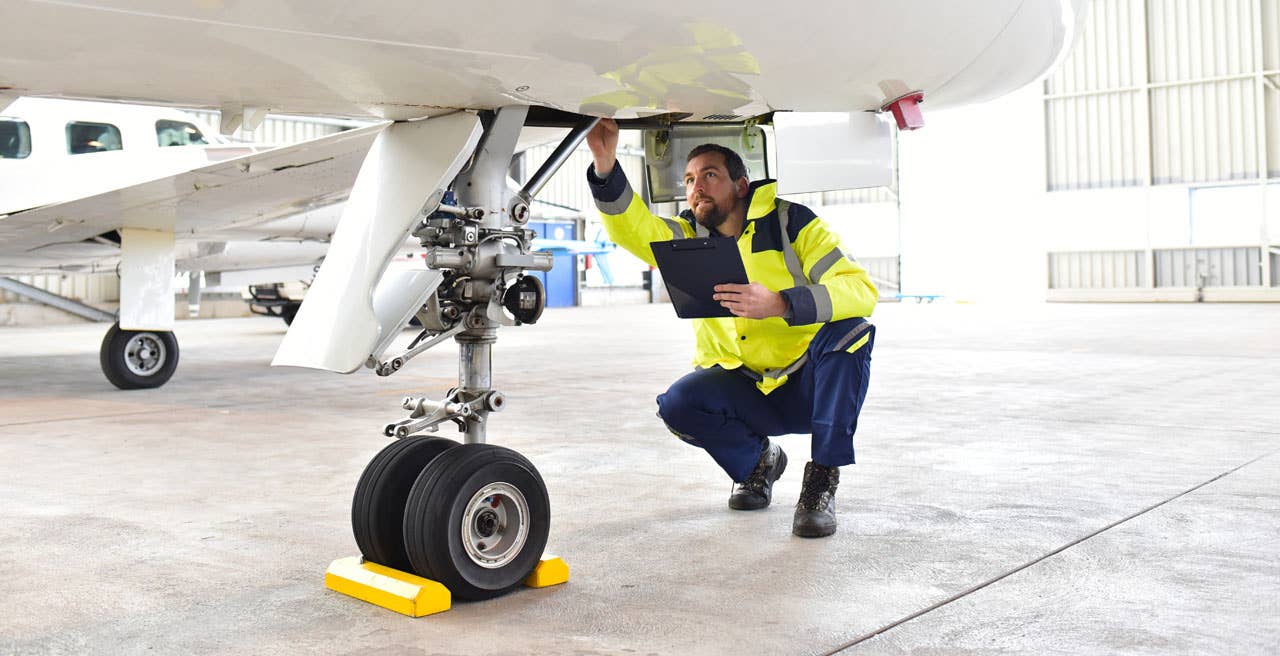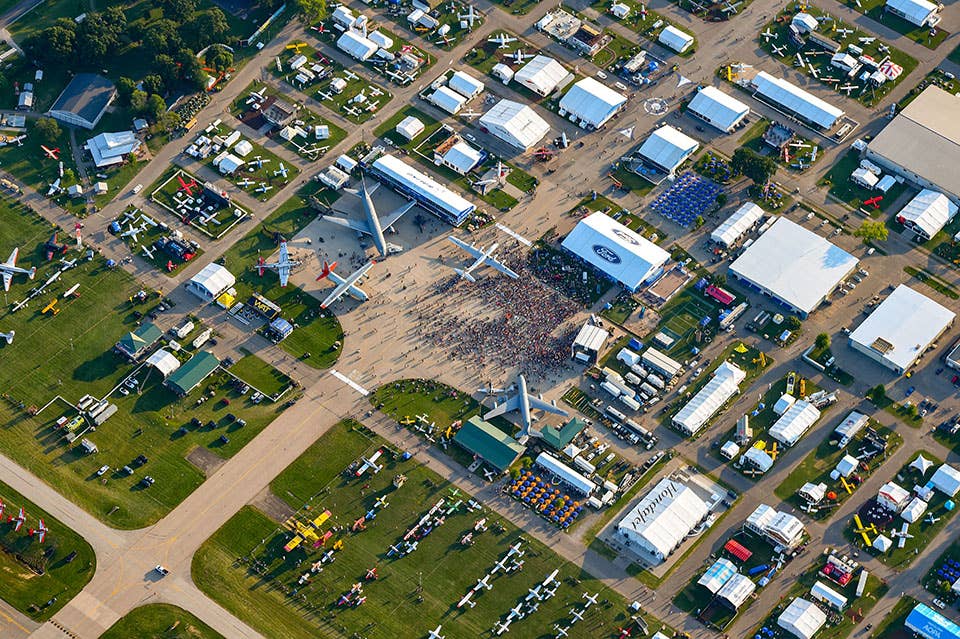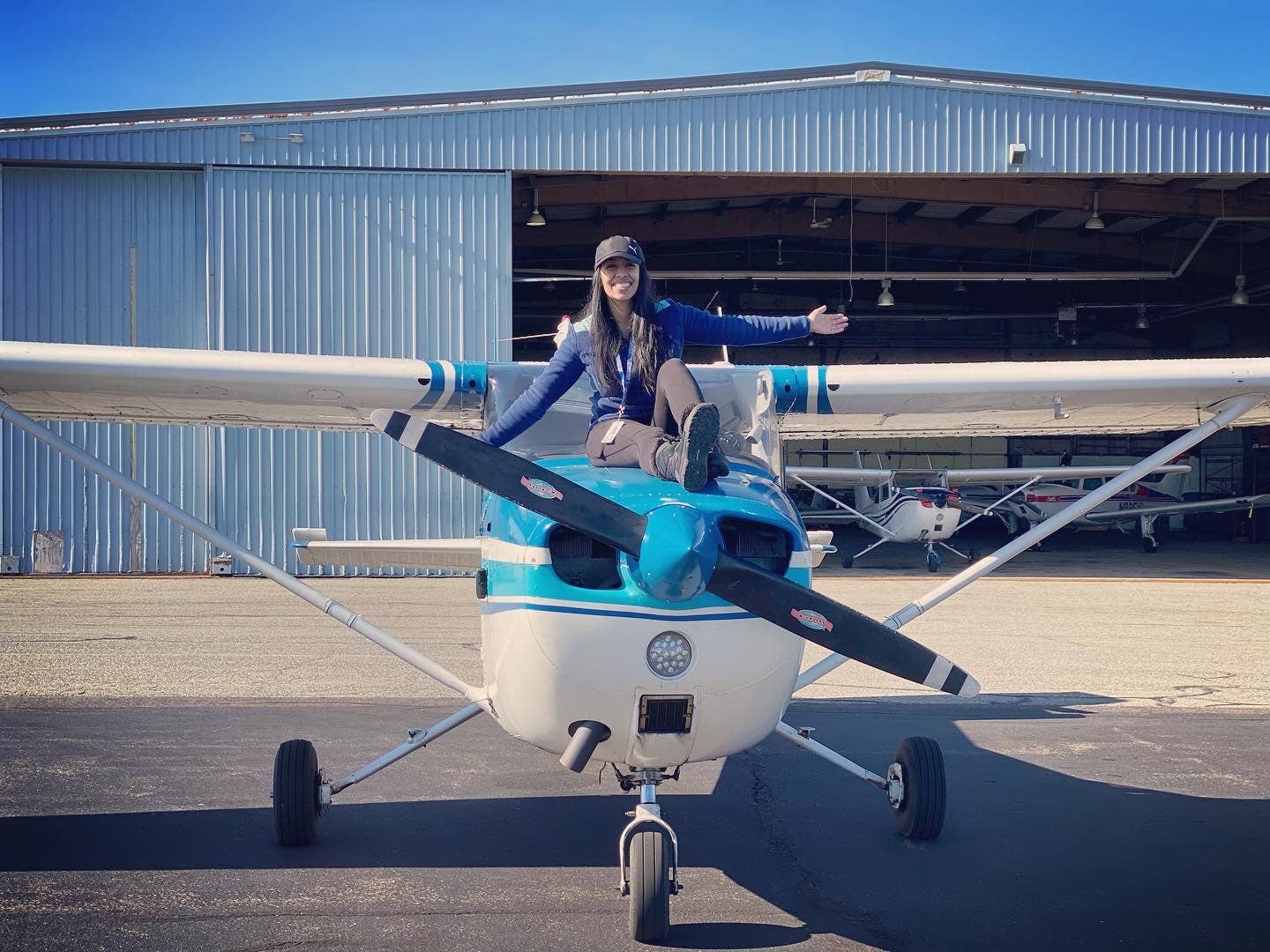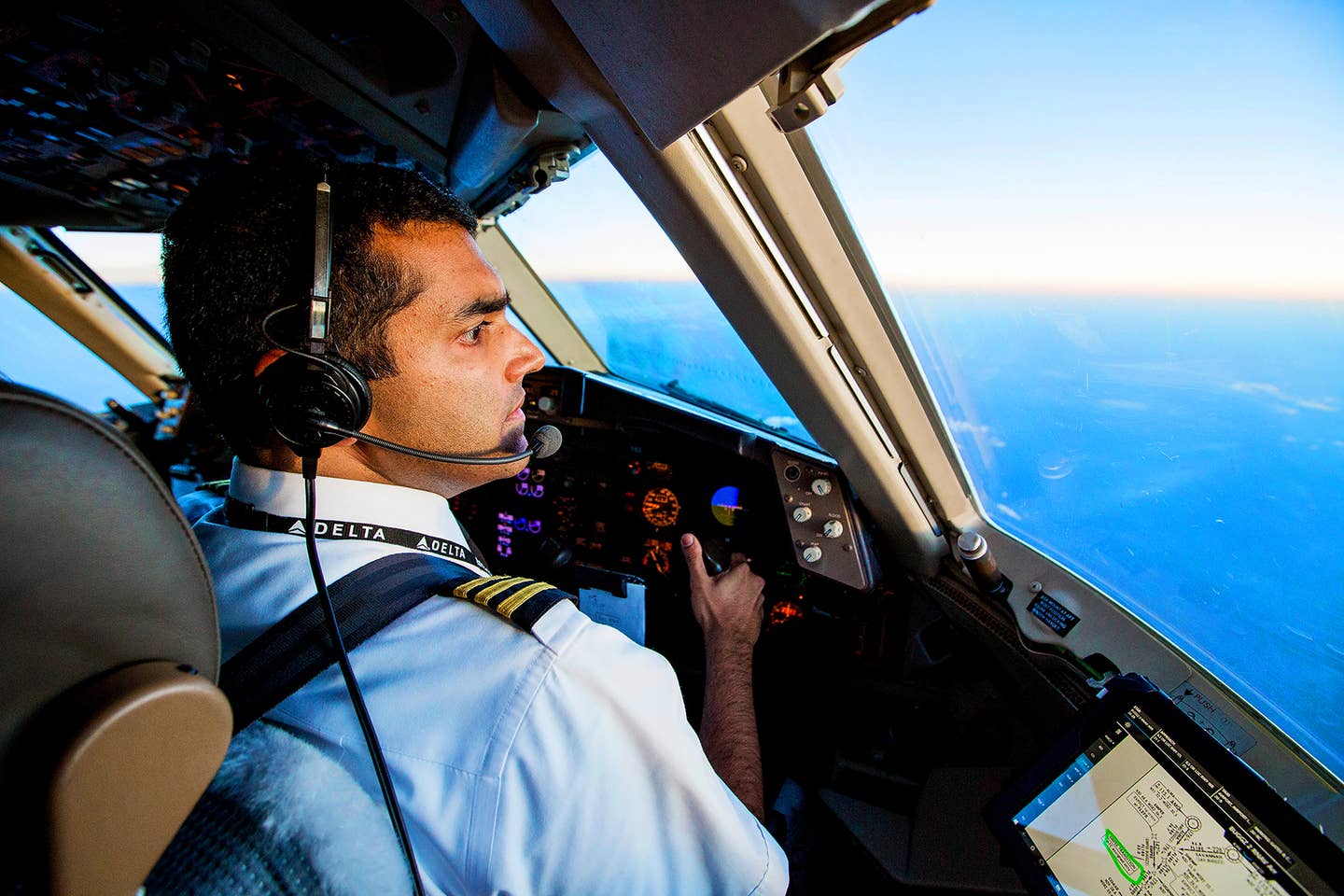A Hover Bike?
A southern California company has gained new attention after posting video clips (click “more” below) that show manned flight testing of its proof-of-concept VTOL vehicle, which it says could lead to “personal flight as intuitive as riding a bike.” The vertical takeoff and landing vehicle employs no artificial intelligence, or electronic flight control, or software of any kind. Its design leaves the pilot “naturally in command with little prior training,” according to the company. The pilot’s movements are translated into control via two bars mounted at knee level. Aesthetically, the vehicle shares some similarities with another dual ducted fan VTOL design that first flew in 1958, the Piasecki VZ-8 Airgeep. That aircraft suffered from stability problems that Aerofex hopes to resolve. The Aerofex version is more compact, features a motorcycle-rider type flying position and is intended for first-responder, border patrol, or field drying duties, according to the company.
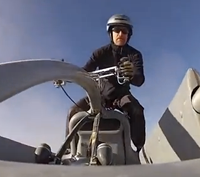
A southern California company has gained new attention after posting video clips that show manned flight testing of its proof-of-concept VTOL vehicle, which it says could lead to "personal flight as intuitive as riding a bike." The vertical takeoff and landing vehicle employs no artificial intelligence, or electronic flight control, or software of any kind. Its design leaves the pilot "naturally in command with little prior training," according to the company. The pilot's movements are translated into control via two bars mounted at knee level. Aesthetically, the vehicle shares some similarities with another dual ducted fan VTOL design that first flew in 1958, the Piasecki VZ-8 Airgeep (video). That aircraft suffered from stability problems that Aerofex hopes to resolve. The Aerofex version is more compact, features a motorcycle-rider type flying position and is intended for first-responder, border patrol, or field drying duties, according to the company.
The Aerofex design, like the Airgeep before it, implements ducted fans facing downward. The design offers certain advantages over helicopters. For example, it helps minimize recirculation of airborne dust and debris by isolating the fan blades from airflow beyond the duct. That prevents the formation of tip vortices and greatly reduces the recirculating flow of helicopter rotors that can lead to "brownout" during low-level operations in dusty environments. Several somewhat similar concepts exist in seemingly similar stages of development, including the Air Mule (video) and Hummingbird flying platform (video). Aerofex says it will focus on development for unmanned applications first. The company's prior work includes contributions to spacecraft programs and approved flight structures for the air-transport and motion picture industries. Its contributions also include development of "commercially successful products in the action sports industry," like parts for snowboards. In January, the company participated in the Future Vertical Lift Aircraft Design Conference sponsored by the San Francisco chapter of the American Helicopter Society, International. There, it made a presentation titled "Thrust Augmentation & Control of Ducted-Fan VTOL Air-Vehicles." Aerofex has a flightlog here.

